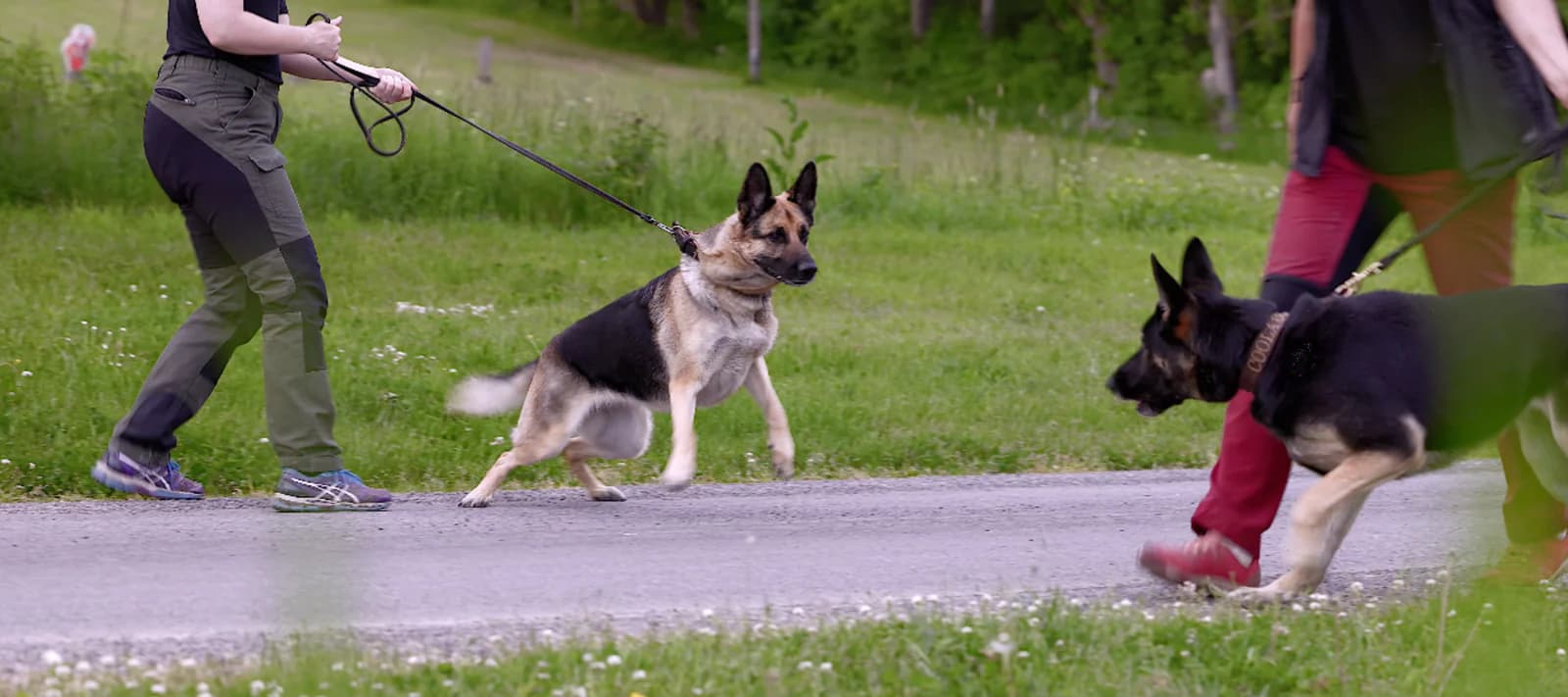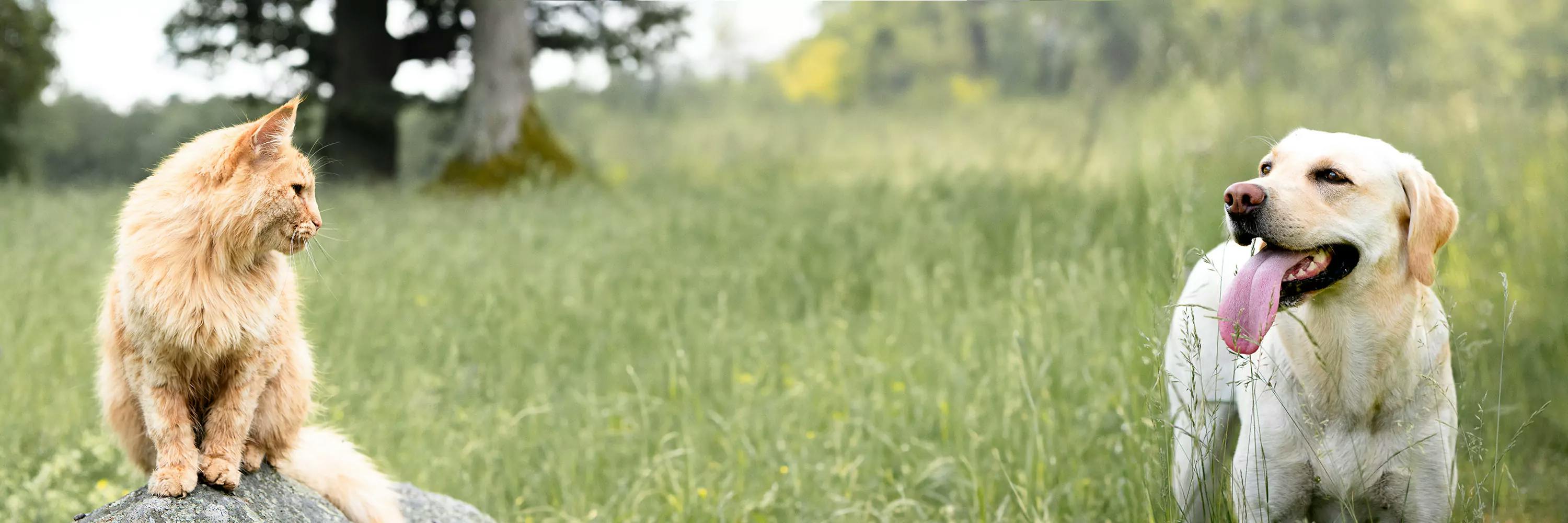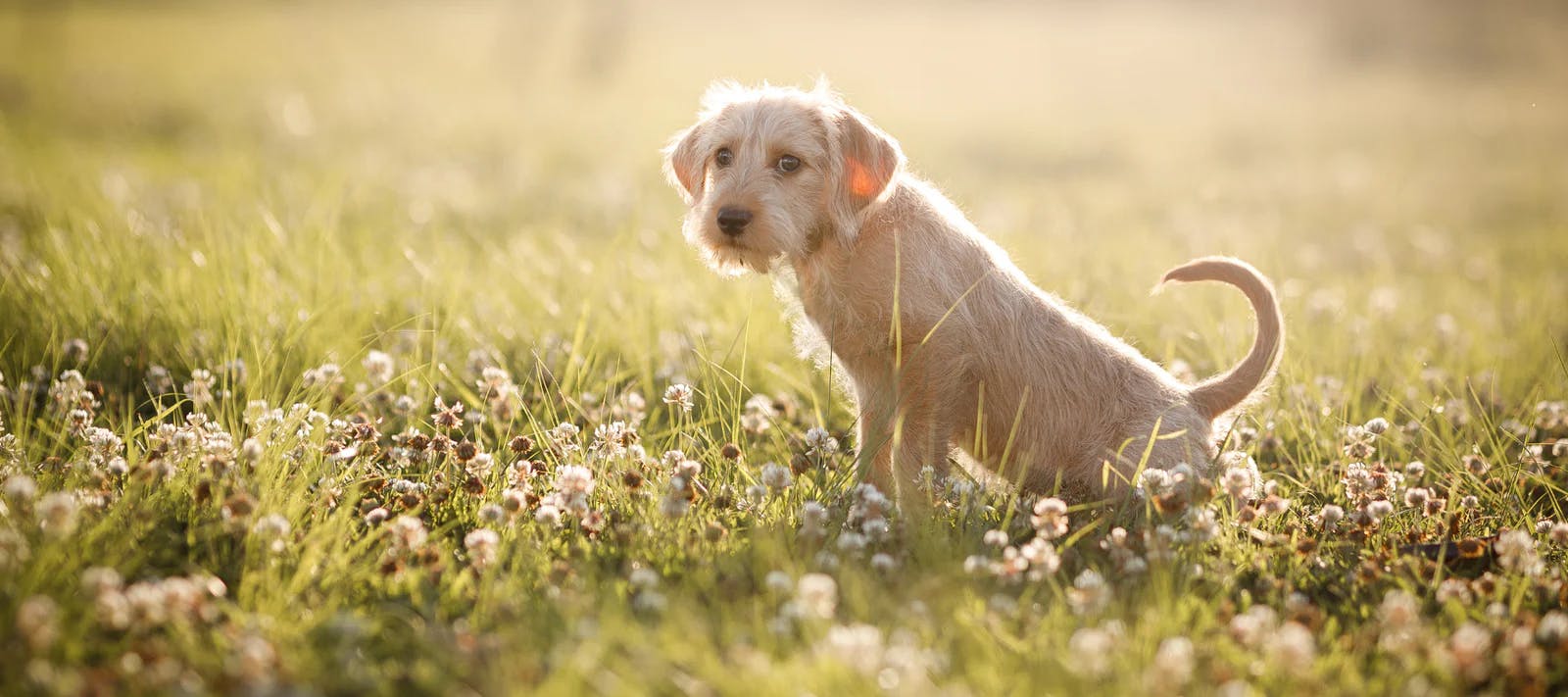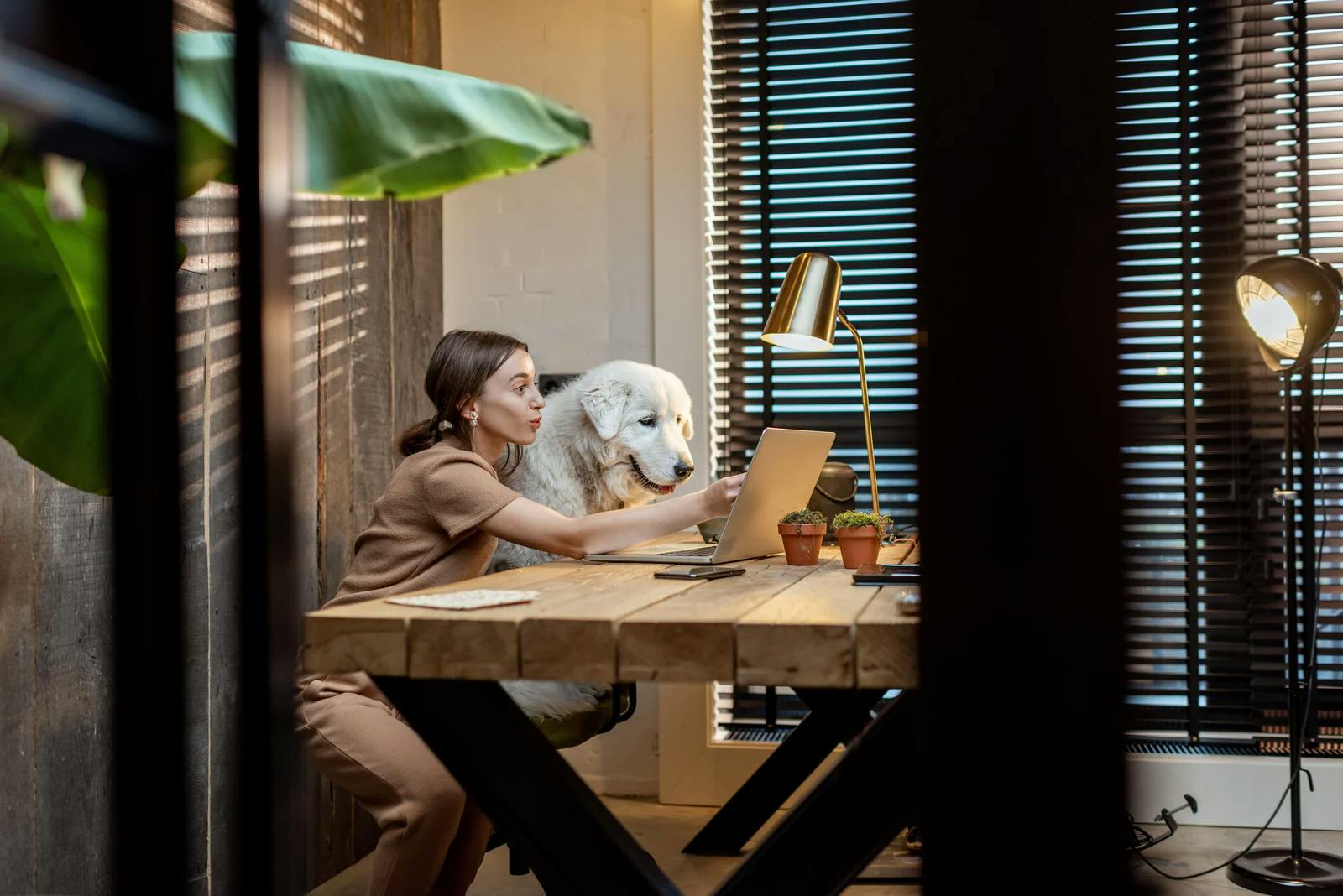Active location:
Select your country:

Training to pass other dogs - an exercise in impulse control
For many dog owners, passing other dogs on walks is a big challenge and a stressful moment. The dog may bark, lunge or pull the leash because it wants to play. We asked Jenny on Hundprat.se why it is so difficult, and what you can do if you have a reactive dog.
“There can be many reasons why we have a hard time with passing other dogs on walks. We may get stressed and worried ourselves, then we transfer that feeling to the dog. Or a difficult dog interaction can depend on the passing dog and the emotions it sends out. If we think it's a challenge with interaction with other dogs while on leash walks, we as dog owners have to learn how to show the dog how we want it to behave instead."
Start by practicing the basics
A good start to succeed with leash reactivity is to train impulse control with the dog. If the dog can't resist running after a treat or a toy, it certainly won't be able to resist running after another dog.
Another advantage of impulse control is communication. When the dog is able to resist its impulses to start barking at the other dog, even if only for a short time, we as dog owners have a small window through which to communicate with the dog. We have a short time to tell the dog what we want it to do instead of barking.
Preparatory training for leash reactivity: 1-2-3
Here comes a simple and basic exercise in impulse control called 1-2-3.
You need:
Tasty treats or toy
A place inside or outside where you have space and the dog can be off-leash in a safe way.
Video showing the exercise
How to:
Have the dog sit or stand by your side. You don't have to use commands like sit or stay if you don't want to. The dog will still understand what you are after.
Hold the dog still and throw a treat or a toy a few meters in front of you.
Then slowly count 1, 2, 3, and on 3 you release the dog and it gets to run away and get the treat or toy. If the dog doesn't run away, you can run after the treat together with the dog.
Repeat the above steps a few times.
When the dog understands the exercise, you can try to have the dog loose from the beginning. Keep your hands close so you can easily catch the dog if he tries to jump start.
Count 1, 2, 3 and see if the dog understands that it can run and get the treat on 3.
When the dog understands the exercise, you can try counting 1, 2,5, 3 and see if the dog really listens for the word three.
If the dog finds it difficult, you can help by counting 1, 2 a little more quietly and with less energy in your voice and then say 3 a little louder. Then make it a little more difficult at a time by increasing the volume of your voice in small increments until you have the same volume of your voice on all the numbers.
If the dog tries to run on any number other than 3, carefully catch the dog and prevent it from making a mistake. If the dog finds it unpleasant to be caught, you can instead wear a leash that prevents the dog from running forward beforehand. Don't get angry at the dog if he does something wrong, but see it as play and show the dog how you want him to do it instead!
How do I then progress in training dog interactions?
Now you have started training on a basic step to progress in your dog interaction training. In this way, the dog gets to train both to resist his impulse to run towards the thing that attracts, and to wait and listen to you.
On Hundprat.se there are lots of tips and tricks when it comes to dogs and dog training and a whole online dog interaction training. There you can get tips on further steps and strategies, to create the very best conditions for the smoothest dog interactions possible for you and your dog walks. And hey, do you want to know what you should NOT do while meeting other dogs on walks, Jenny has written an article about it as well.
Good luck!
Hundprat.se & petgood
 Psst! Sometimes you need a lot of treats to train different new behaviors and exercises. Then it is very good with a low calorie treat!
Psst! Sometimes you need a lot of treats to train different new behaviors and exercises. Then it is very good with a low calorie treat!
Mentioned products







